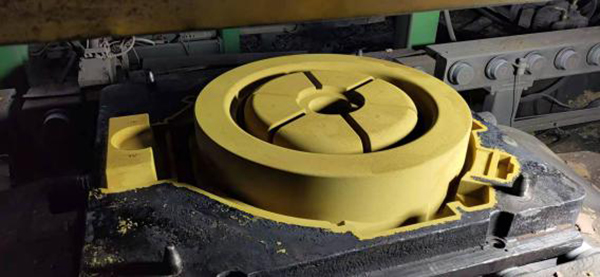The Benefits of Wet Sanding Resin A Comprehensive Guide
Wet sanding is a technique often used in the finishing process of resin projects, and it offers several advantages that make it a preferred choice for artisans and DIY enthusiasts alike. This method not only helps achieve a smoother surface but also minimizes dust and prevents overheating, achieving superior results in resin finishing.
When working with resin, the final appearance is crucial. Wet sanding involves using water to lubricate the sanding process, which helps in reducing friction between the sandpaper and the resin surface. As the sandpaper moves across the surface, the water creates a slurry that captures dust particles and debris, preventing them from scratching the surface. This is particularly beneficial when working on clear resin applications where clarity and shine are paramount.
One of the primary benefits of wet sanding is the ability to achieve a more polished finish. By using progressively finer grits of sandpaper—starting from a coarse grit and moving to finer ones—artisans can gradually eliminate imperfections. This gradual process not only reduces the risk of deep scratches but also enhances the overall appearance by creating a glass-like finish. After wet sanding, many users apply a polish to further elevate the shine, resulting in a professional-quality product.
wet sanding resin

Additionally, wet sanding helps manage heat. Traditional dry sanding can generate significant heat due to friction, which may cause the resin to warp or discolor. The water used in wet sanding acts as a coolant, preventing overheating and ensuring that the resin maintains its integrity throughout the process. This is particularly important for intricate projects or larger pieces that require meticulous attention to detail.
Moreover, wet sanding is less messy than dry sanding. The water captures dust and particles, making cleanup easier and reducing health risks associated with inhaling resin dust. This cleanliness allows for a more enjoyable working environment, contributing to productivity and focus.
For those new to wet sanding resin, it’s essential to have the right tools. High-quality wet/dry sandpaper is critical, and using a sanding block can help maintain even pressure across the surface. Remember to keep the surface wet during the sanding process, periodically rinsing to ensure optimal results.
In conclusion, wet sanding resin is an invaluable technique for anyone looking to achieve a flawless finish on resin projects. With its ability to enhance clarity, reduce heat, and create a cleaner working environment, it stands out as a superior finishing method. Whether you are a hobbyist or a professional, incorporating wet sanding into your resin workflow can dramatically elevate the quality of your finished pieces.
Post time:Oct . 04, 2024 23:36
Next:sand casting applications
